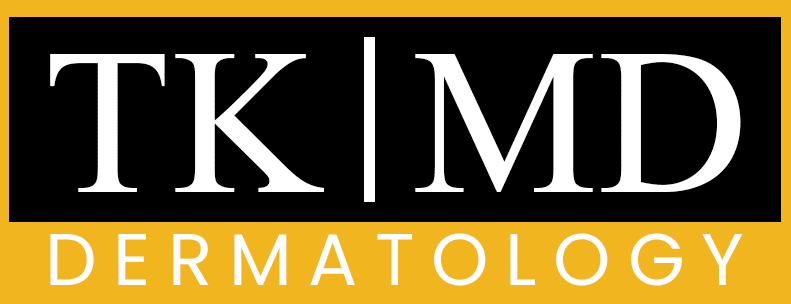Achieving long-lasting, natural-looking eyebrows is the ultimate goal for both microblading artists and their clients. The key to success lies in the quality of the pigments used.
The right pigment can make all the difference in eyebrow appearance and retention over time. With numerous options available, selecting the best microblading pigment can be daunting.
This guide explores the top pigments for microblading, examining their formulations and performance to help artists achieve the best results for their clients.
Key Takeaways
- Top brands for microblading pigments, including PhiBrows and Perma Blend.
- Factors that determine the quality and performance of microblading pigments.
- How pigment selection impacts client satisfaction and retention rates.
- The science behind pigment retention and longevity.
- Tips for choosing the right pigment for your microblading practice.
The Science Behind Long-Lasting Microblading Pigments
Microblading pigments that last longer are backed by science, focusing on stability and purity. The technology used in the 4th and 5th generation pigments, such as SUPE and SUPER, sets new standards in microblading.
The vision is clear: to create a pigment as clean as an intravenous injection solution and as stable as any known pigment. Several factors contribute to the longevity of microblading pigment retention.
Iron Oxide vs. Synthetic Pigments
The debate between iron oxide and synthetic pigments centers on their composition and interaction with the skin. Iron oxide pigments are often considered more stable.
What Makes a Pigment Long-Lasting
Long-lasting microblading pigments feature:
- Optimal particle size for proper implantation in the skin without migrating or being metabolized too quickly.
- Purity of ingredients directly impacting longevity, with higher-quality pigments containing fewer fillers and additives.
- Proper viscosity ensuring the pigment stays where it’s placed.
- pH balance affecting how well the pigment integrates with the skin‘s natural environment.
- Advanced manufacturing processes contributing to pigment longevity.
How to Choose the Right Microblading Pigments for Your Clients
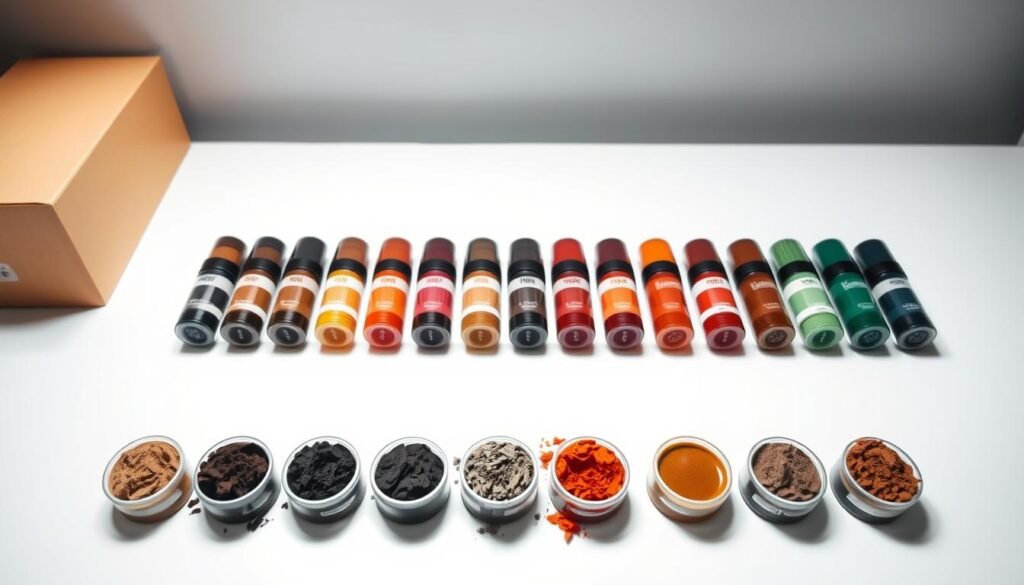
The right microblading pigment can make all the difference in creating a harmonious brow that complements your client’s features. To achieve this, several factors must be considered.
Matching Pigments to Skin Undertones
Understanding your client’s skin undertones is crucial for selecting the most appropriate pigment. Cool, warm, or neutral undertones require different pigment shades to achieve a natural look.
Fitzpatrick Scale Considerations
The Fitzpatrick scale helps determine skin type and its reaction to pigment. This classification system guides technicians in choosing pigments that will yield the best results for their clients.
Hair Color Compatibility
For optimal results, hair color should guide pigment selection. For instance, blonde clients often look best with taupe or light brown pigments, while brunettes require medium to dark brown shades. Clients with black hair benefit from deep brown pigments rather than pure black. Those with red or auburn hair benefit from pigments with subtle warm undertones, creating a complementary color. For more information on choosing the right pigment shade, visit this resource.
PhiBrows SUPER Microblading Pigment Collection
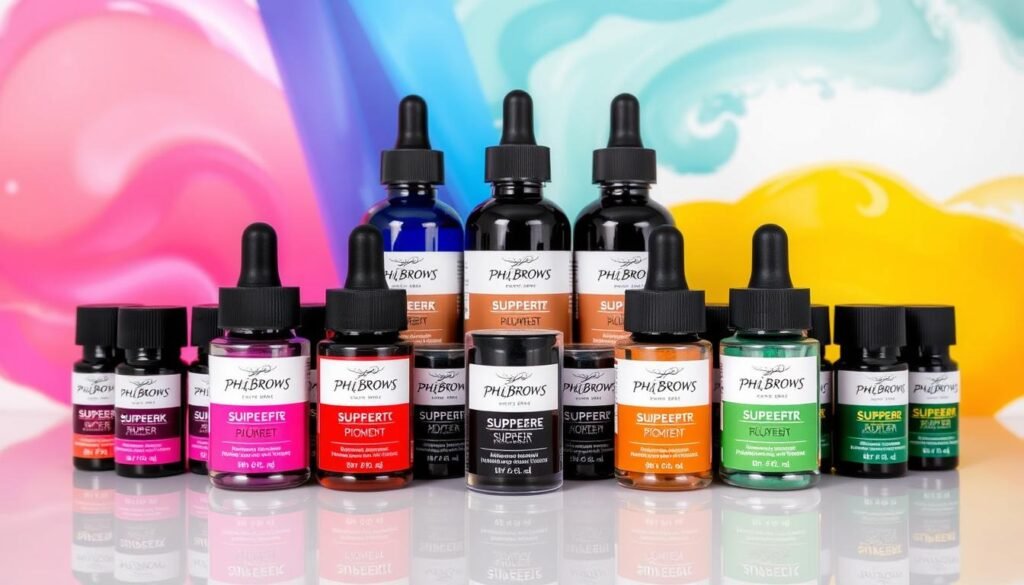
Microblading artists worldwide trust the PhiBrows SUPER collection for its superior pigments that ensure long-lasting and natural-looking eyebrows. This premium collection is designed to deliver exceptional color stability and predictable healing outcomes.
Key Features and Benefits
The PhiBrows SUPER pigments offer excellent flow and implantation characteristics during the microblading procedure, making them a reliable choice for artists.
Available Color Range
The collection includes a variety of shades: PhiBrows Brown1 SUPER, PhiBrows Brown2 SUPER, PhiBrows Brown3 SUPER, PhiBrows Black SUPER, PhiBrows Golden Brown SUPER, and PhiBrows Red SUPER, catering to diverse client needs.
Pros and Cons
The PhiBrows SUPER collection has several advantages, including long-lasting results and exceptional color stability. However, some artists may find the premium formulation comes with a higher price point, and there might be a slightly longer learning curve when transitioning from other brands.
Pros include:
– Exceptional color stability and predictable healing
– Excellent flow and implantation characteristics
– Long-lasting results
Cons include:
– Higher price point compared to some alternatives
– Slightly longer learning curve for some artists
PhiBrows SUPE Microblading Pigment Collection
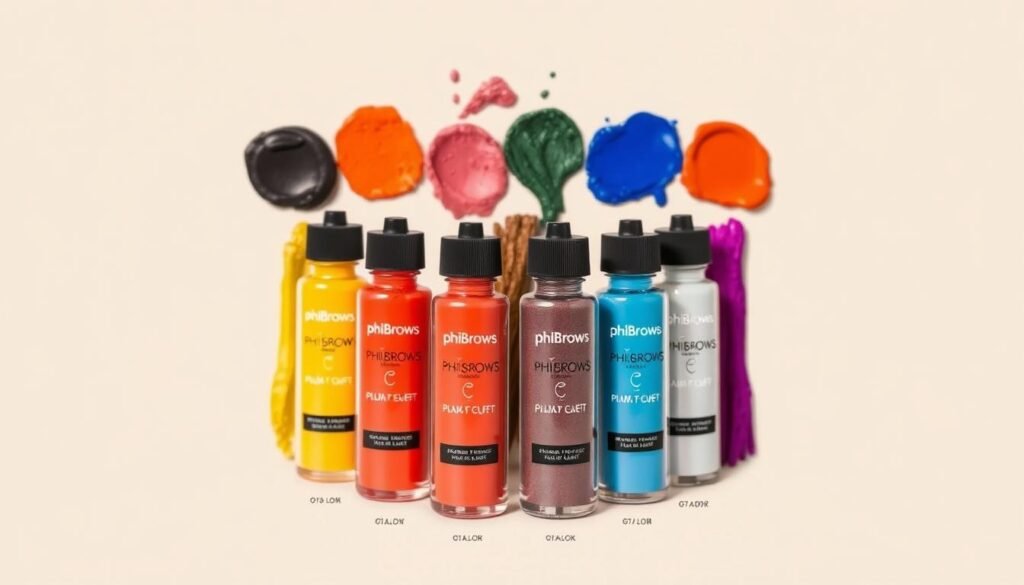
After years of research, PhiBrows introduced the SUPE Microblading Pigment Collection as their 4th generation product, utilizing technology that sets new standards in the industry.
How It Differs from SUPER Collection
The SUPE collection differs from the SUPER collection in its formulation and application. While both are high-quality products, SUPE is positioned as a more traditional microblading pigment, ideal for standard procedures.
Best Applications
SUPE pigments are best suited for clients seeking natural-looking, well-defined brows. They work particularly well for standard microblading procedures on clients with normal skin types.
- SUPE pigments are ideal for clients seeking natural-looking, well-defined brows with good longevity.
- These pigments work particularly well for standard microblading procedures on clients with normal skin types.
- Many artists prefer SUPE for clients who maintain regular touch-up appointments.
- The collection is well-suited for artists building their initial pigment inventory.
- SUPE pigments offer an excellent balance of quality and value for both artists and customers.
Perma Blend Pigments for Brow PMU
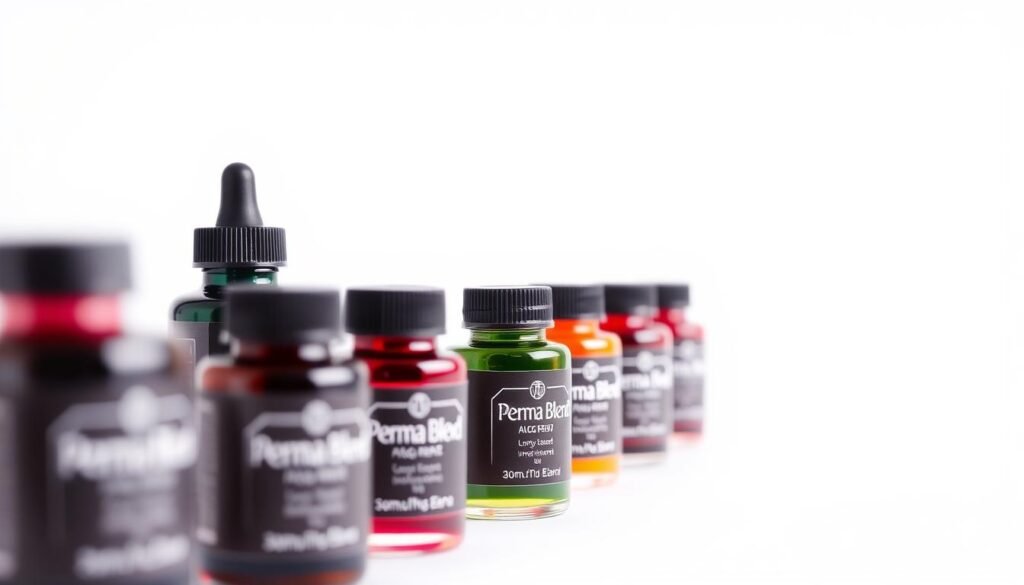
The Perma Blend Pigment collection is renowned for its excellent color retention and natural appearance. It offers a diverse range of shades suitable for various Brow PMU applications.
Brunette and Blackish Brown Shades
Perma Blend’s brunette and blackish brown shades are ideal for clients seeking deeper, richer brow colors. These pigments provide a natural look that complements a variety of skin tones.
Espresso and Darkest Brown Options
The espresso and darkest brown options are perfect for those wanting to achieve a bold, dramatic look. These shades are particularly popular among clients with darker skin tones.
Taupe for Lighter Complexions
Taupe is a versatile shade specifically formulated for clients with fair skin and light hair. It’s ideal for blonde clients, creating soft, natural-looking results. The neutral undertones prevent unwanted warmth, making it perfect for those with lighter coloring. Perma Blend’s Taupe can be used alone or mixed to create customized colors.
Tina Davies I ❤️ INK Brow Collection
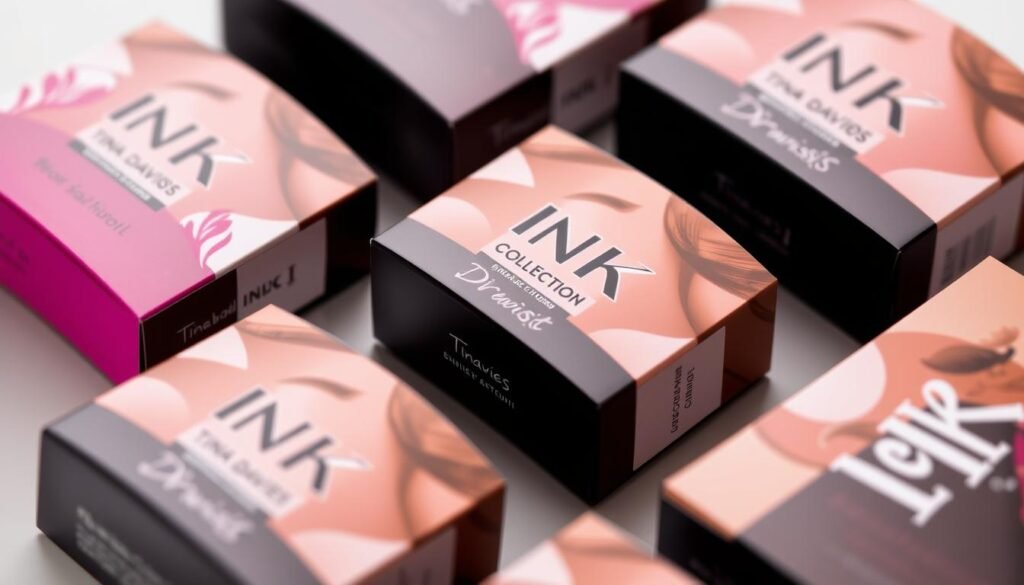
The Tina Davies I ❤️ INK Brow Collection offers a unique blend of quality and versatility, making it a preferred choice among microblading artists. This collection is known for its organic-based hybrid formulation, which ensures both safety and effectiveness.
Organic-Based Hybrid Formulation
The organic-based hybrid formulation is a key feature that sets the Tina Davies I ❤️ INK Brow Collection apart. It combines the best of natural ingredients with advanced technology.
Color Range and Versatility
The collection boasts a diverse color range, catering to various client needs and preferences. This versatility is a significant advantage for artists.
Shading Solution Benefits
The Shading Solution is a specialized component that enhances the versatility of the pigments. Key benefits include:
– The ability to create lighter, more transparent effects for shading techniques.
– Customizable opacity for both defined strokes and soft powder effects.
– The ability to adjust the dilution ratio for precise color intensity.
– Maintaining pigment integrity while modifying application properties.
By incorporating the Shading Solution, artists can achieve a range of effects, from subtle shading to bold strokes, making the Tina Davies I ❤️ INK Brow Collection a valuable resource.
Biotek Pigment Line
Biotek’s range of microblading pigments offers artists a versatile palette for creating bold, yet natural-looking brow enhancements.
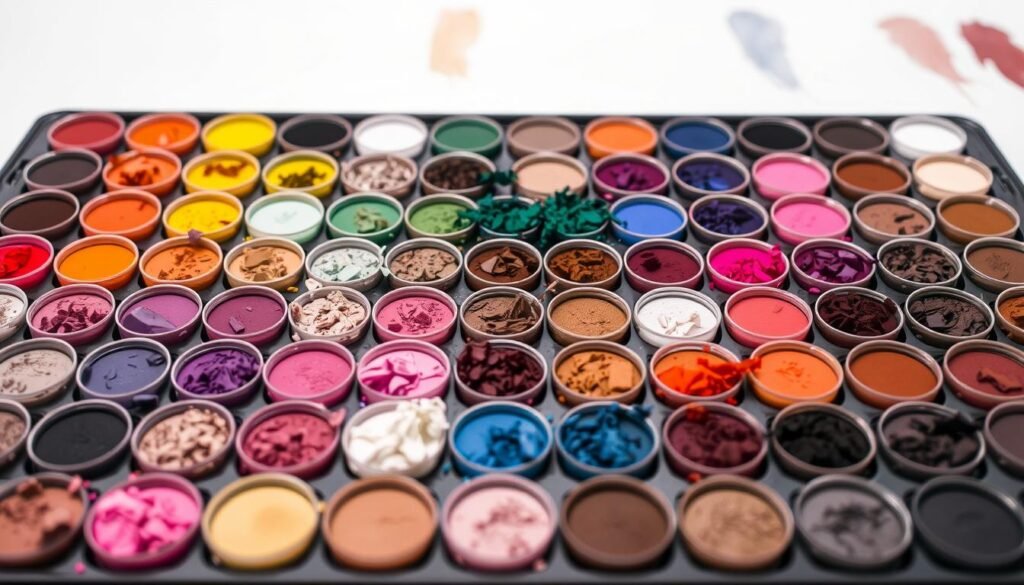
The Biotek Pigment Line is notable for its unique color names and formulations, which include Sex on the Beach, Paris, Moscow Mule, Martini, Cosmopolitan, Mimosa, and Ibiza. These distinctive colors are designed to provide artists with the flexibility to create a wide range of brow looks.
Unique Color Names and Formulations
The Biotek pigments are formulated to excel in creating defined, vibrant brow enhancements. These pigments work well for artists seeking to create bold, statement brows while maintaining a natural appearance.
The unique color profiles make these pigments valuable for addressing specific correction needs, offering a high degree of customization.
Best Applications
Biotek pigments are suitable for both microblading and machine application techniques, making them versatile for various artistic needs. Many artists find Biotek pigments particularly effective for clients seeking more defined, polished brow looks.
- Biotek pigments excel in creating defined, vibrant brow enhancements with distinctive character.
- These pigments work well for artists seeking to create bold, statement brows while maintaining a natural appearance.
- The formulations are suitable for both microblading and machine application techniques.
- Many artists find Biotek pigments particularly effective for clients seeking more defined, polished brow looks.
- The unique color profiles make these pigments valuable for addressing specific correction needs.
Understanding Microblading Pigment Retention
Maintaining optimal microblading results over time hinges on understanding pigment retention dynamics. The longevity of microblading results is influenced by several factors that affect how well the pigment is retained in the skin.
Factors Affecting Longevity
Several elements impact the longevity of microblading pigment retention. These include the client’s skin type, lifestyle, and aftercare practices. For instance, proper aftercare during the initial healing period significantly impacts long-term retention.
- Clients should avoid exfoliating products and treatments in the brow area.
- Sun protection is crucial for maintaining color integrity.
Maintenance Requirements
To ensure customer satisfaction, educating them about realistic maintenance expectations is key. Most microblading results require touch-up sessions every 12-18 months. Some clients may need more frequent touch-ups based on their individual skin characteristics.
By understanding these factors and maintaining proper aftercare, microblading artists can help their clients enjoy long-lasting, beautiful results.
Pigment Safety and Certification Standards
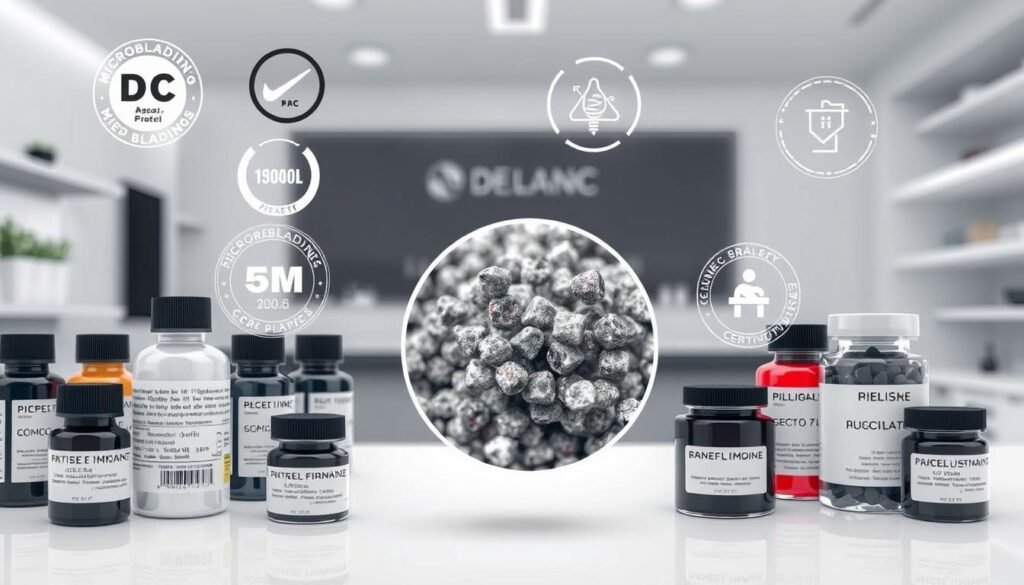
The importance of pigment safety and certification cannot be overstated in the microblading industry. Ensuring that the pigments used are safe and of high quality is crucial for both artists and their clients.
EU Regulations and Compliance
The European Union has stringent regulations regarding the safety and quality of pigments used in cosmetic procedures. Compliance with these regulations is essential for manufacturers and artists alike. CTL certification is one such standard that ensures pigments meet rigorous safety standards.
CTL Certification Importance
CTL (Control Testing Laboratories) certification is a recognized standard for pigment safety and quality. This certification involves rigorous testing for harmful substances, heavy metals, and microbial content. Some key benefits of CTL certification include:
- Independent verification of pigment safety
- Rigorous testing to ensure compliance with safety standards
- Identification of high-quality pigments for professional use
By choosing CTL-certified pigments, artists can ensure they are using products that have been thoroughly tested for safety and quality.
Best Microblading Pigments for Different Skin Types
Understanding the best microblading pigments for various skin types is essential for technicians to deliver high-quality, personalized brow services.
Fair to Medium Skin Tones
For fair to medium skin tones, artists can use a range of pigments to achieve natural-looking results. Softer, more delicate color shades often work well.
Olive to Dark Skin Tones
Olive to dark skin tones typically require richer, more saturated pigments like dark brown shades to create visible results. Warmer undertones complement the natural warmth in deeper skin tones.
| Skin Tone | Recommended Pigment Characteristics | Example Shades |
|---|---|---|
| Fair to Medium | Softer, delicate colors | Light Brown, Taupe |
| Olive to Dark | Richer, more saturated | Dark Brown, Ebony |
Mixing and Customizing Microblading Pigments
The ability to mix and customize microblading pigments is crucial for creating personalized brow designs. This skill allows artists to achieve a wide range of shades and tones, catering to individual client preferences. Customization is key to delivering high-quality, natural-looking results.
It involves understanding pigment properties and how they interact to produce the desired outcome.
Creating Custom Shades
Artists can create custom shades by combining different microblading pigments. This process requires a deep understanding of color theory and pigment characteristics to achieve the desired brow color.
Dilution Techniques
Dilution techniques allow artists to adjust the intensity of microblading pigments. Using a product like the Tina Davies Shading Solution, artists can achieve a lighter, sheer color perfect for shading and creating dimensional effects that make the brows look more light and natural. To achieve the desired consistency, it’s essential to dilute the pigment to the preferred ratio before application, effectively creating a customized set of shades for various techniques.
Microblading vs. Machine PMU: Pigment Considerations
Microblading and machine PMU differ not only in technique but also in how pigments are retained and expressed. The method of pigment implantation affects the longevity and appearance of the brows.
Viscosity and Application Differences
The viscosity of the pigment and its application method play a significant role in the outcome of both microblading and machine PMU. Microblading typically involves more manual control over the pigment deposition.
Healing Process Variations
The healing process varies between microblading and machine PMU due to differences in retention and implantation depth. For more detailed information on the comparative study between microblading and machine PMU, visit this link.
Storage and Shelf Life of Quality Pigments
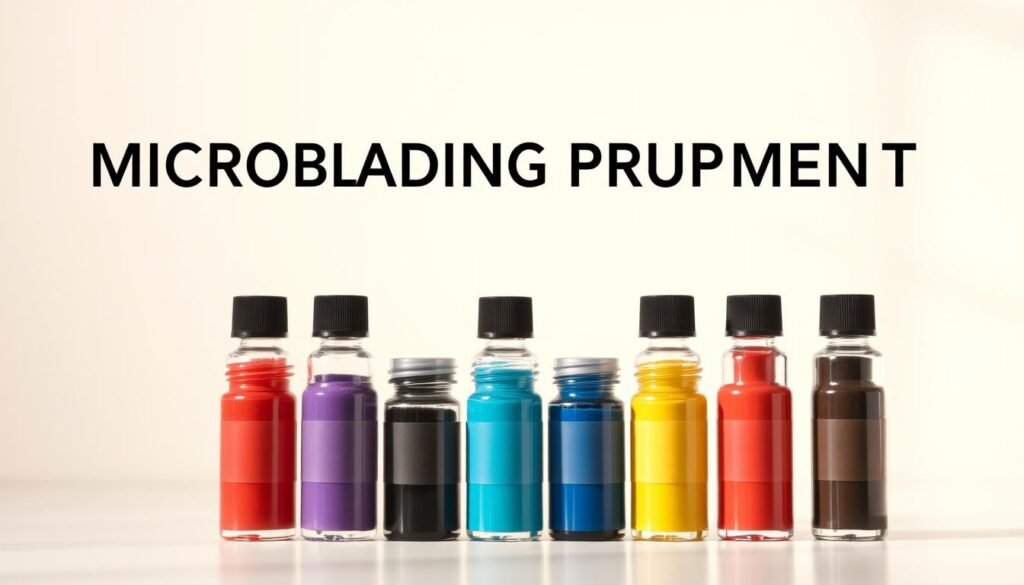
Proper storage and understanding the shelf life of microblading pigments are crucial for maintaining their quality and ensuring client safety. The effectiveness and safety of these pigments depend on several factors, including their formulation, storage conditions, and handling practices.
Storage Techniques
To maintain the integrity of microblading pigments, it’s essential to store them in a cool, dry place, away from direct sunlight. Most quality pigments have a shelf life of 2-5 years when unopened. Labeling pigments with the opening date helps track their remaining viable period.
Expiration Guidelines
Once opened, pigments typically remain viable for 6-12 months, depending on the formulation. Checking expiration dates before each use is an essential safety practice. Visible changes in consistency, color, or smell indicate a pigment should be discarded.
| Pigment Status | Shelf Life |
|---|---|
| Unopened | 2-5 years |
| Opened | 6-12 months |
Using expired pigments can lead to unpredictable results and potential complications. Therefore, it’s crucial to adhere to the recommended shelf life and storage guidelines to ensure the best outcomes for clients.
Common Microblading Pigment Mistakes to Avoid
Understanding the intricacies of microblading pigment selection and application is crucial for achieving desired outcomes. Microblading artists must be vigilant about several common mistakes that can compromise the results.
Color Selection Errors
Choosing the wrong pigment color can lead to undesirable results. Incorrect color selection can result in eyebrows that do not match the client’s natural hair color or skin tone.
Application Issues
Several application-related issues can affect pigment retention. These include improper pigment consistency, using too much pigment, inadequate pigment loading, failing to shake pigments before use, contaminating pigments, and improper depth of application.
- Improper pigment consistency can lead to poor stroke definition.
- Using excessive pigment can cause bleeding and blurred results.
- Inadequate pigment loading results in patchy strokes.
By avoiding these common mistakes, microblading artists can ensure better retention and more aesthetically pleasing results for their clients.
Latest Innovations in Microblading Pigments
The microblading industry is witnessing significant advancements in pigment technology, enhancing the overall quality of eyebrow enhancements. These innovations are crucial for artists seeking to provide the best results for their clients.
Recent years have seen the introduction of new microblading pigment formulations that offer improved safety, durability, and aesthetic appeal. The development of these pigments is driven by ongoing research into biocompatible ingredients and advanced color technology.
Emerging Formulations
New formulations on the market are focusing on enhanced biocompatibility and customization. For instance, some brands are now offering pigment lines that cater to specific skin types and tones, ensuring more personalized results for clients.
Future Trends
Looking ahead, several trends are expected to shape the future of microblading pigments. These include:
- More personalized pigment formulations tailored to individual client needs.
- The integration of digital color matching technology to enhance precision in eyebrow design.
- Increased regulation driving improvements in pigment safety and documentation.
- The potential emergence of biodegradable pigment options for clients seeking less permanent solutions.
As the industry continues to evolve over the coming years, it is likely that we will see further innovations in microblading pigments, enhancing both the artistry and safety of eyebrow enhancements.
| Innovation | Description | Benefit |
|---|---|---|
| Personalized Pigments | Formulations tailored to individual client needs | Enhanced client satisfaction |
| Digital Color Matching | Technology for precise color selection | Improved accuracy in eyebrow design |
| Biodegradable Options | Pigments designed to degrade over time | Less permanent solutions for clients |
Conclusion: Choosing the Best Microblading Pigments for Your Practice
Microblading artists must carefully choose high-quality microblading pigments to ensure long-lasting, natural-looking brows. The right pigments can make all the difference in delivering exceptional eyebrow enhancements. When selecting microblading pigments, consider factors like client demographics, technique preferences, and budget constraints.
Investing in reputable PMU manufacturers provides peace of mind and consistent results. Review product details carefully, including available shades and compatibility with your preferred techniques. By choosing the best microblading pigments, you can create beautiful, long-lasting brows that enhance your customers’ appearance and confidence.
